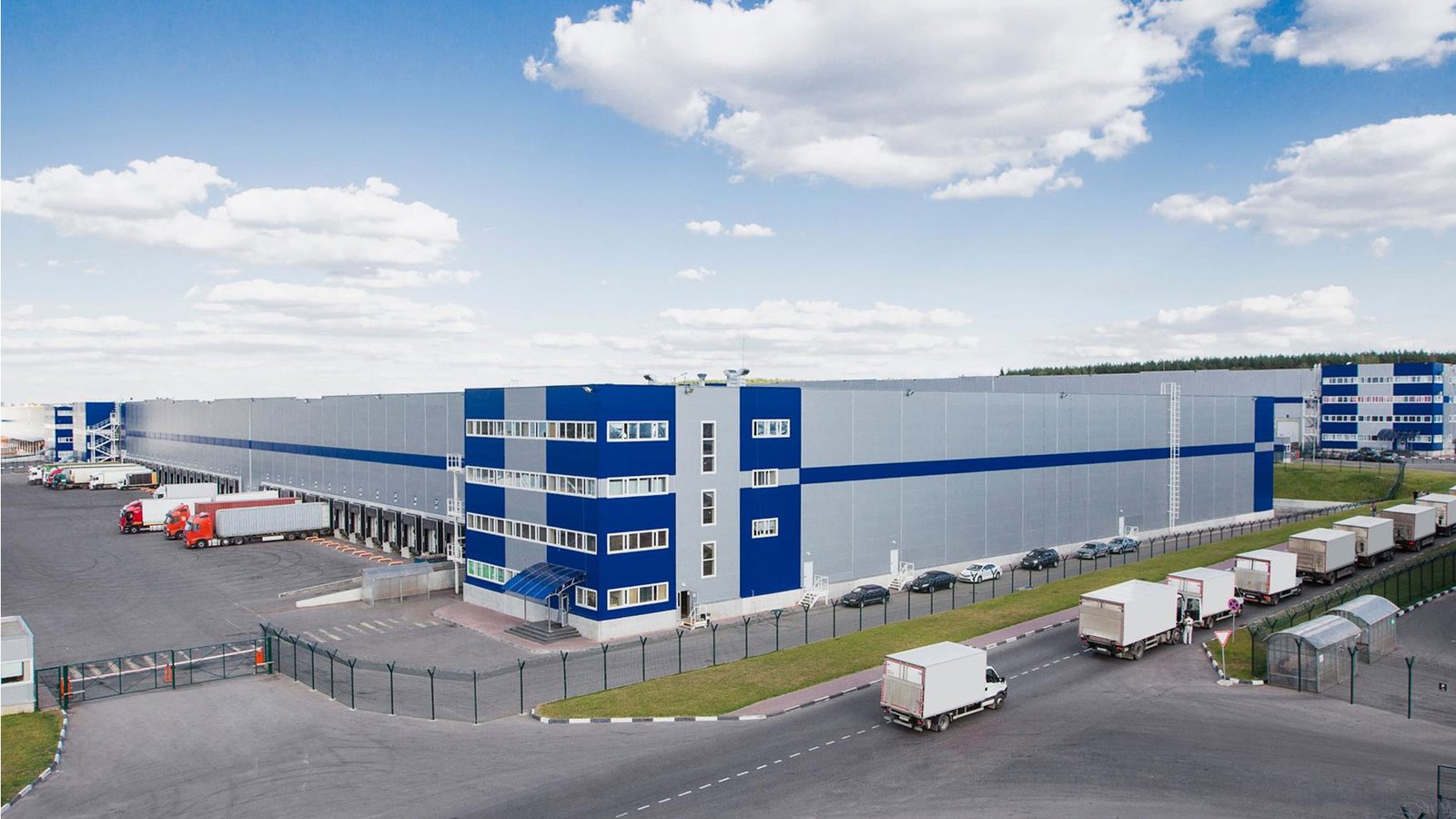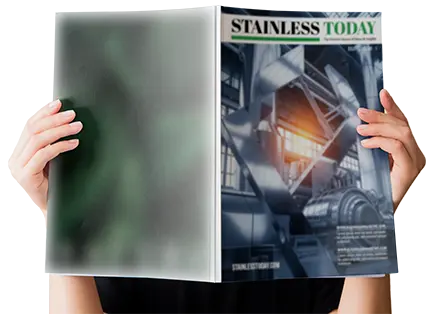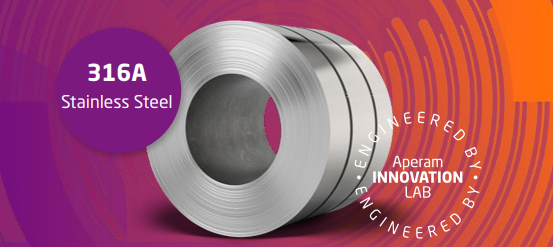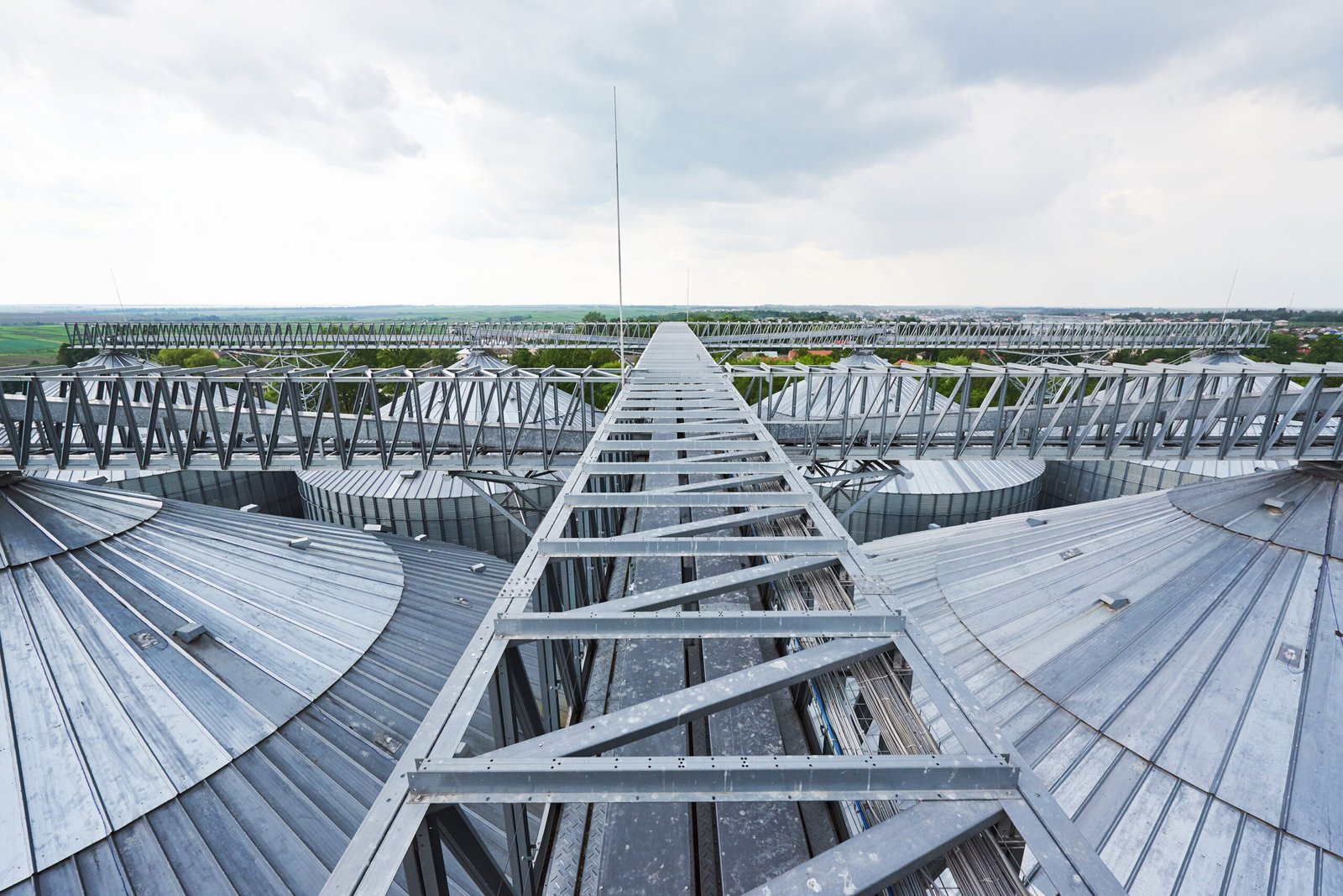The future of warehousing points towards an increased demand for stainless steel

Warehouster
Sandeep Chadha, Founder and CEO, Warehouster, talks about the scope of stainless steel in constructing warehouses.
- Tell us about the warehousing facilities you offer?
We specialise in constructing warehouses using a combination of materials. The primary structure is a Pre-Engineered Building (PEB) made of steel. This offers a strong and efficient framework. We typically use a combination of RCC (Reinforced Cement Concrete) walls for the lower sections and PEB for the upper areas. This approach balances strength and cost-effectiveness.
On average, these warehouses utilise about 3.7-4 kilograms of steel per square foot. Galvanised steel sheets are the preferred choice for roofing due to their resistance to corrosion. Additionally, stainless steel bars are strategically used for specific elements like membranes, where their superior corrosion resistance is crucial.
- What is the role of stainless steel in the facility that you provide?
While our warehouses primarily rely on steel for the PEB structure and RCC reinforcements, stainless steel plays a vital role in specific areas. Its exceptional resistance to rust and corrosion makes it ideal for components exposed to harsh environments or potential contact with chemicals.
For instance, stainless steel bars might be used for membranes in areas with high humidity or potential exposure to corrosive substances. This targeted use ensures the long-term integrity of these critical elements within the warehouse.
- What are the maintenance standards for stainless steel structures of your facility?
Our PEB warehouses are designed and constructed to last. With proper maintenance, they can provide a useful lifespan of approximately 25-50 years. This extended lifespan is a testament to the durability of steel construction. Regular inspections and occasional maintenance like repainting galvanised surfaces can further enhance the longevity of the structure.
- How can the stainless steel structure makers better provide to consumers like you?
As a logistics company, cost-effectiveness and long-term durability are paramount in our warehouse facilities. Here’s how stainless steel manufacturers can better cater to our needs:
- Cost reduction: While stainless steel offers superior corrosion resistance, its cost can be a factor. Developing more affordable options with comparable performance would be highly beneficial.
- Enhanced durability: Imagine if the floor strength and overall building structure could exceed the current 25–50-year lifespan without significant cost increases. This would be a major advantage for long-term operational efficiency.
- What are your thoughts about the demand for stainless steel consumption in the near future?
The future of warehousing points towards an increased demand for stainless steel.
Higher buildings: As land costs rise, warehouses are increasingly designed with higher ceilings, typically ranging from 12 to 13 meters compared to the older 8-metre standard. This trend will necessitate additional steel for support structures, potentially including stainless steel for specific components.
Relying on racking: Modern warehouses utilize a significant portion (50-60 per cent) of their space for storage racking systems. These racking systems are predominantly made of steel. As storage demands evolve, the need for steel for racking is likely to increase as well.
Larger stronger warehouses: The overall trend towards larger and taller warehouses will naturally lead to a higher consumption of steel for both the primary structure and reinforcements to support the increased weight and height.
By understanding these trends and focusing on cost-effective solutions with exceptional durability, stainless steel manufacturers can become even more valuable partners in the future of warehousing.

Mr. Sandeep Chadha,
Founder and CEO of Warehouster










